
Author:
Ages:
Genres:
BookTags:
Publisher:
The Nameless
In the Hidden Lands of Karac Tor, names are being stolen. Darkness spreads. As strange new powers awaken within, will the Barlows reluctantly answer the call to fight?
March 2011 ·
Share a reply or review
From an ancient land of myth and legend comes a cry for help.
After tragedy strikes their family, Hadyn and Ewan Barlow must adjust to a depressing new life. But when a secret viking runestone opens the door to a world in peril, they are given a choice: join the battle of this magical, foreign land, or never find their way home again. In the Hidden Lands of Karac Tor, names are being stolen. Darkness spreads. As strange new powers awaken within, will the Barlows reluctantly answer the call to fight? Or will they succumb to Nemesia’s dark spell and join the Lost…forever?
Book 1 of the Legends of Karac Tor series.


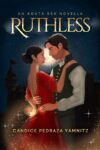

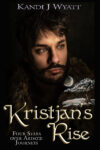


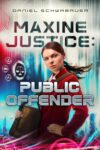
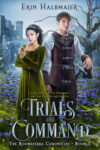


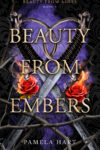
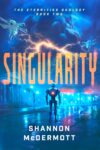
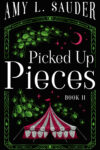
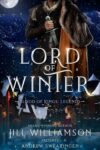



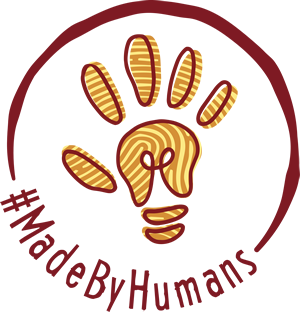




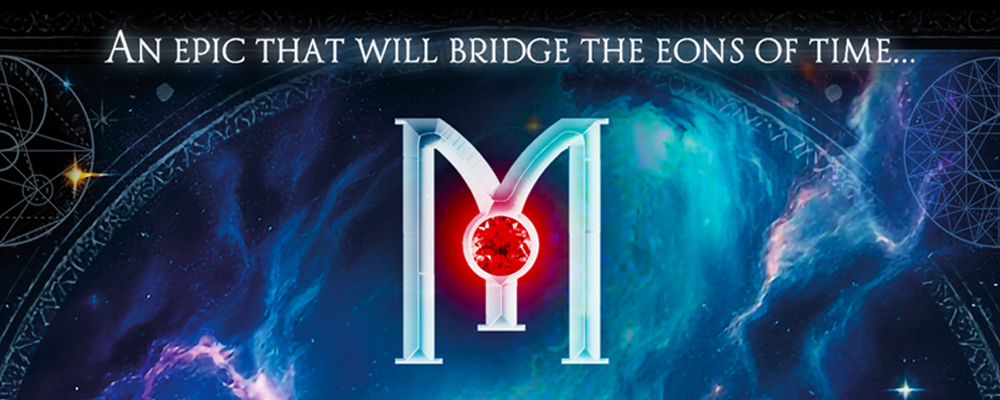
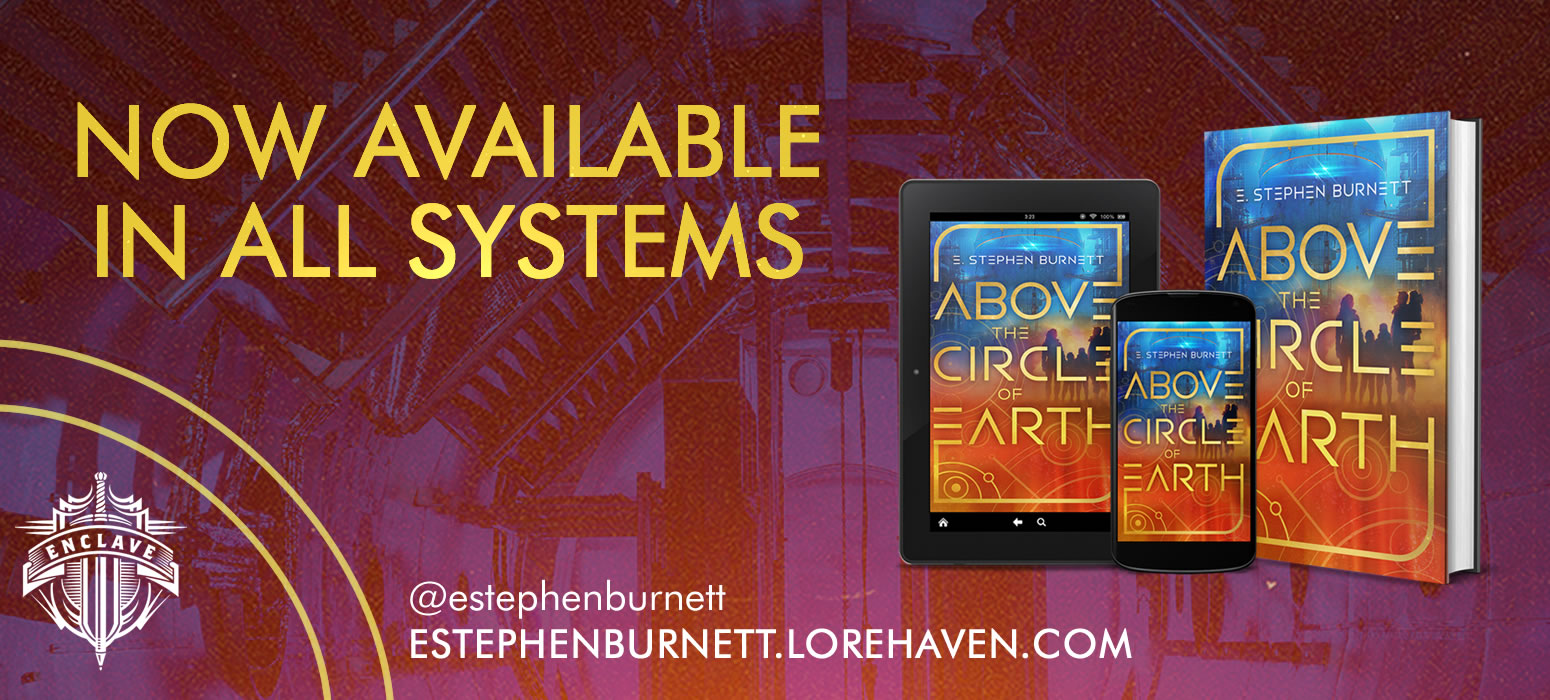
Have you read The Nameless ? Share your own review.